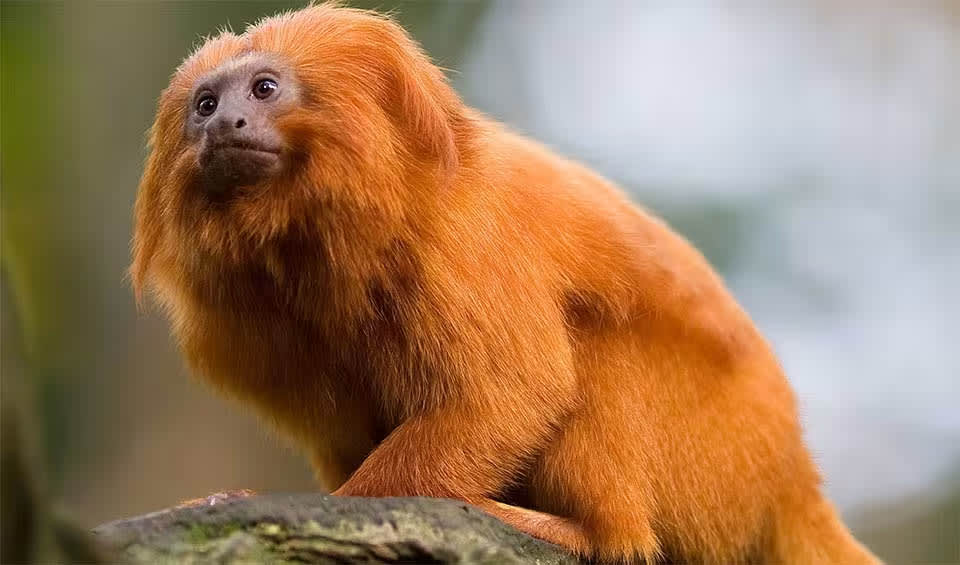Leontopithecus – Lion tamarins
Small and colorful monkeys with lion-like manes that live only in Brazil
Lion tamarins are among the most visually striking and critically endangered primates found exclusively in the tropical rainforests of Brazil. Named for their distinctive mane-like fur around their faces, which bears a resemblance to the majestic mane of a lion, these small, vibrant primates capture the imagination with their beauty and agility. Four species comprise this genus: the Golden Lion Tamarin (Leontopithecus rosalia), the Black Lion Tamarin (Leontopithecus chrysopygus), the Golden-headed Lion Tamarin (Leontopithecus chrysomelas), and the Superagui Lion Tamarin (Leontopithecus caissara), each with its unique characteristics and conservation status.
Lion tamarins are characterized by their long, silky fur, which can range in color from golden to jet black, depending on the species. Their most striking feature is the mane of long fur surrounding their face, giving them their lion-like appearance and offering protection against predators in their natural habitat. Despite their small size, lion tamarins are highly adapted to life in the trees (arboreal) of Brazil’s Atlantic Forest, a biodiversity hotspot that has suffered from extensive deforestation and fragmentation.
Lion tamarins live in cohesive family groups typically consisting of two to eight members, which may include a monogamous pair and their offspring across several generations. These groups maintain complex social structures characterized by cooperative care of the young, territory defense, and intricate communication. Their diet is omnivorous, consisting predominantly of fruits, flowers, nectar, and small animals such as insects, frogs, lizards, and bird eggs.
A notable aspect of lion tamarin behavior is their complex vocal repertoire, which they use for various purposes, including maintaining group cohesion, signaling alarm, and coordinating activities such as foraging and movement.
All species of lion tamarins are listed as endangered or critically endangered, primarily due to habitat loss, fragmentation, hunting, and the illegal pet trade.
Species in this genus
Black lion tamarin
Believed to be extinct for 65 years until it was rediscovered in 1970
Golden lion tamarin
A tiny lion with a heart of gold, bringing sunshine to the rainforest canopy



